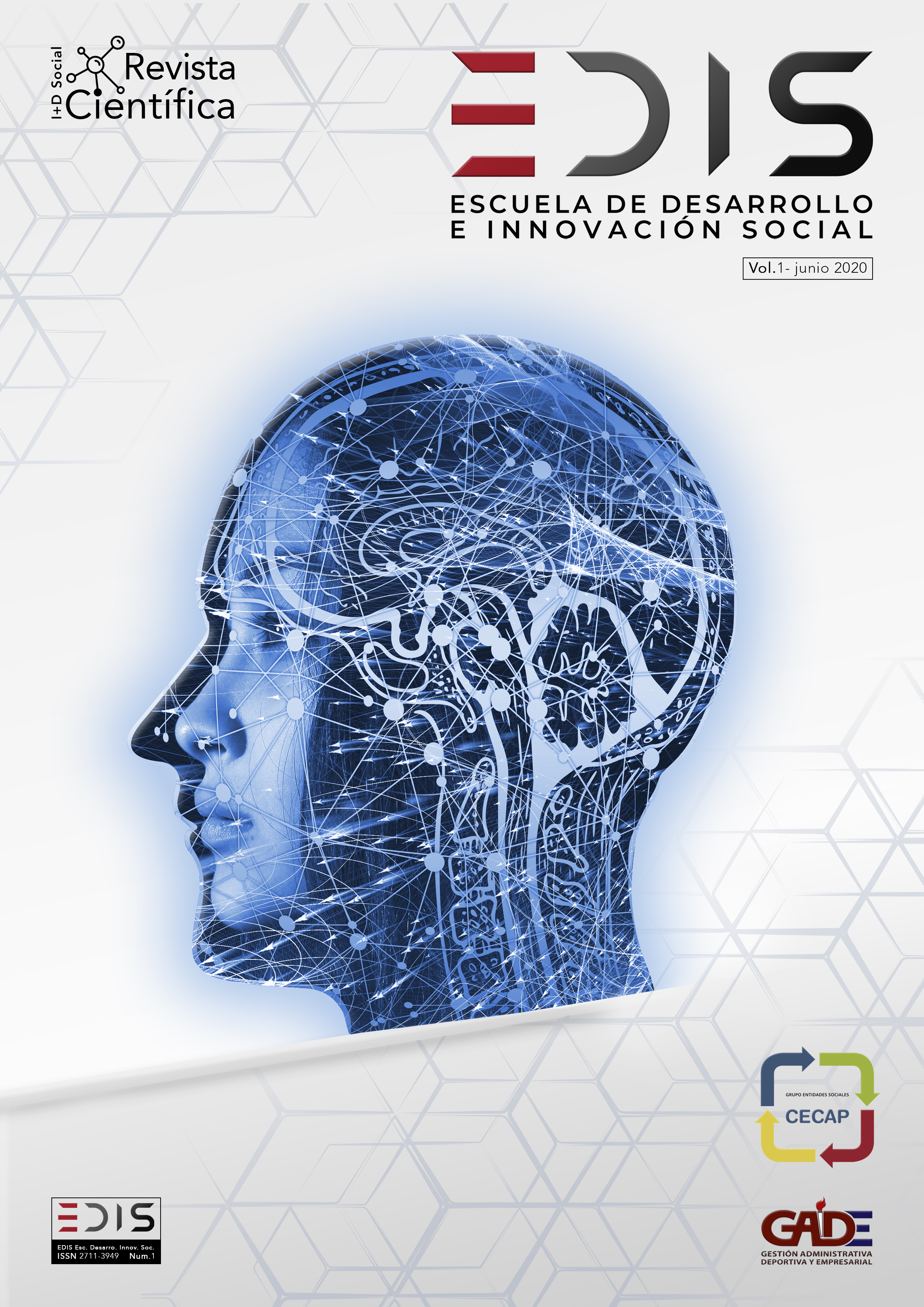The concept specificity. Empowerment and detection of individual talents
Abstract
This article aims, first of all, to analyze the direct or indirect repercussion on the different interest groups, which have had the different conceptualizations used by the different models of social policy that over the years have wanted to respond to the needs of vulnerable groups, focusing mainly on that of people with some type of disability. We will see how this conceptualization has had a direct impact on the current social model, originating and maintaining attitudes and aptitudes in each and every one of us, as active agents of a modern society. We will focus our exposition, in a second moment, on the concept of “Specificity”, addressing its different potentialities from a fundamental methodological point of view in the detection of talents and, above all, as a fundamental axis in the training process towards individual empowerment of the person in a vulnerable situation.. Finally, we will collect the different parameters that currently form part of the “specificity” concept, taking into account their justification and name.
References
Andrade, C. (2010). Reflexiones y aprendizajes a partir de intervenciones sociales con personas con discapacidad mental: El caso del Centro de Capacitación-CECAP Toledo. Revista Gerencia y Políticas de salud, 13 (27), 96-127
Boehm, A. E. (1971). Boehm test of basic concepts. New York: Psychological Corporation.
Casalmiglia Blancafort, H., & Tusón Valls, A. (1999). Las cosas del decir. Manual de análisis del discurso. Barcelona.
Ariel.Coste, M. (1979). Localisation, spectra and sheaf representation. In Applications of sheaves (pp. 212-238). Springer, Berlin, Heidelberg.
Fernández Ruiz, J., & López García, J. C. (1998). La neuropsicología de la memoria. Ciencias, 18-25.
García, C. E., & Sánchez, A. S. (2001). Clasificaciones de la OMS sobre discapacidad. Boletín del RPD, 50, 15-30.
Knowlton, B. J., & Squire, L. R. (1996). Artificial grammar learning depends on implicit acquisition of both abstract and exemplar-specific information. Journal of Experimental Psychology: Learning, Memory, and Cognition, 22(1), 169.
Boletín Oficial del Estado (1982). Ley 13/1982 de 7 de Abril, de Integración Social de los Minusválidos.
López Arnoldo, T (2003). La memoria humana: Revisión de los hallazgos recientes y propuesta de un modelo neuropsicológico. Tesis Doctoral. Universidad Autónoma de Nuevo León.
Munar, E., Rosselló, J., Mas, C., Morente, P., & Quetgles, M. (2002). El desarrollo de la audición humana. Psicothema, 14(2), 247-254.
Palacios, A. (2008). El modelo social de discapacidad: orígenes, caracterización y plasmación en la Convención Internacional sobre los Derechos de las Personas con Discapacidad. Cermi.
Pardee, R. L. (1990). Motivation Theories of Maslow, Herzberg, McGregor & McClelland. A Literature Review of Selected Theories Dealing with Job Satisfaction and Motivation. ERIC.
Riascos, Y. D. S. V. (2014). Lectura y escritura con sentido y significado, como estrategia de pedagógica en la formación de maestros. Fedumar Pedagogía y educación, 1.
Riffo, B. (1997). Superestructura y planificación textual. RLA. Revista de lingüística teórica y aplicada, 35, 69-78.
Rios-Lago, M., Muñoz-Céspedes, J. M., & Paúl-Lapedriza, N. (2007). Alteraciones de la atención tras daño cerebral traumático: evaluación y rehabilitación. Rev Neurol, 44(5), 291-7.
Rosselló, J. (1995). Psicología del sentimiento: motivación y emoción. Palma de Mallorca: UIB.
Ryan, R. M., & Deci, E. L. (2000). Intrinsic and extrinsic motivations: Classic definitions and new directions. Contemporary educational psychology, 25(1), 54-67.
Salvador Mata, F. (2001). Enciclopedia psicopedagógica de necesidades educativas especiales. Ediciones Aljibe.
Schacter, D. L., Verfaellie, M., & Pradere, D. (1996). The neuropsychology of memory illusions: False recall and recognition in amnesic patients. Journal of Memory and Language, 35(2), 319-334.
Seron, X., & Rondal, J. A. (1991). Trastornos del lenguaje. Afasias, Retrasos del lenguaje, dislexias.
Asociación Americana sobre el Retraso Mental (1992). Definición, clasificación y sistemas de apoyo. Madrid: Alianza Editorial.
Sohlberg, M. M., & Mateer, C. A. (2017). Cognitive rehabilitation: An integrative neuropsychological approach. Guilford Publications.
Tulving, E. (1985). Elements of episodic memory. Oxford University Press.
Valverde, C. V., López, M. C., & Ring, J. M. (2016). Estrategias de afrontamiento. http://www.psicosocial.net/grupo-accion-comunitaria/centro-dedocumentaciongac/psiquiatria-psicologia-clinica-y-psicoterapia/trauma-duelo-y-culpa/94-estrategias-de-afrontamiento/file
Vivancos, F. V., & Sanz, L. (2015). Comunicación social y accesibilidad. Editorial Dykinson, SL.





